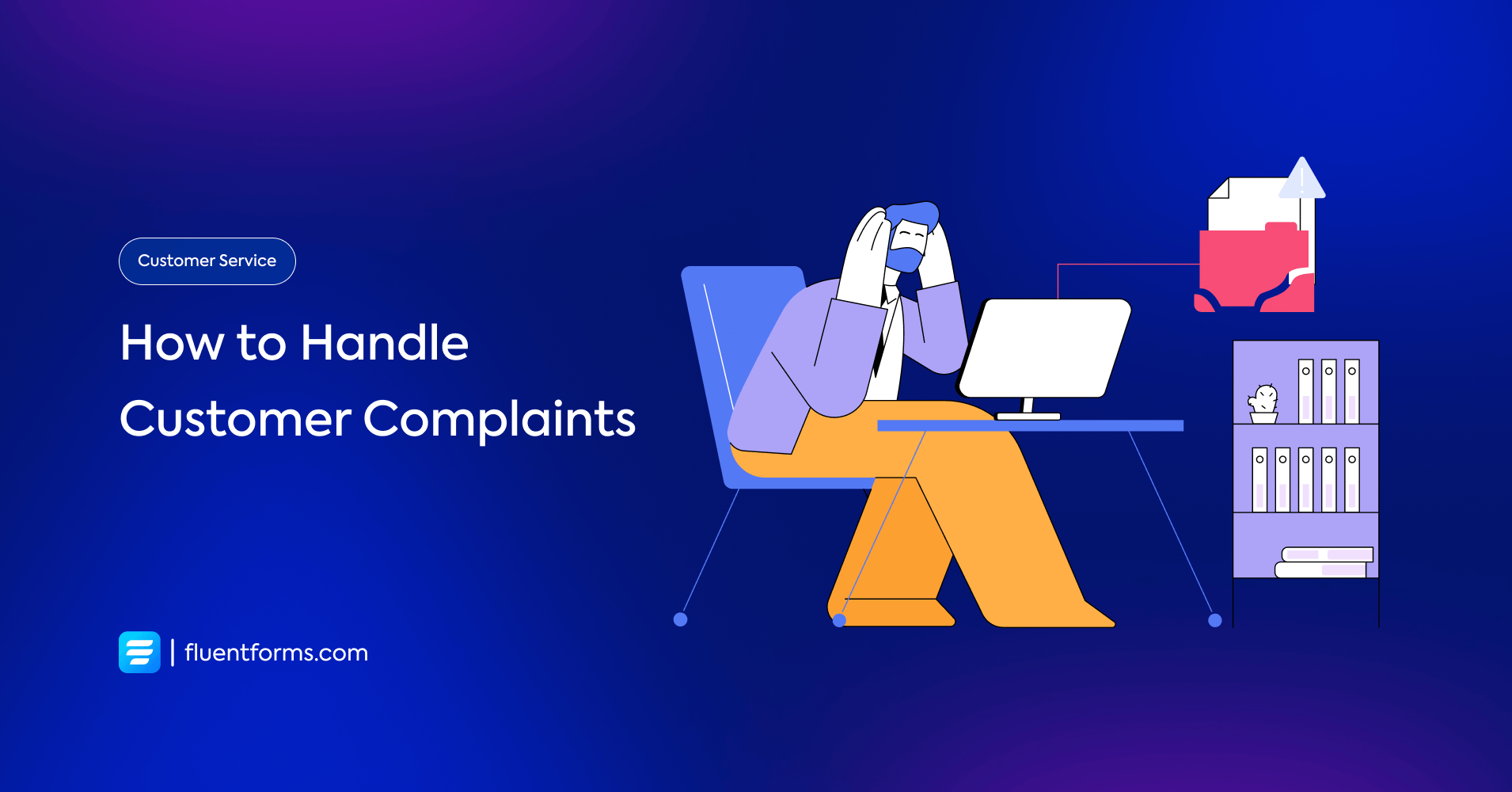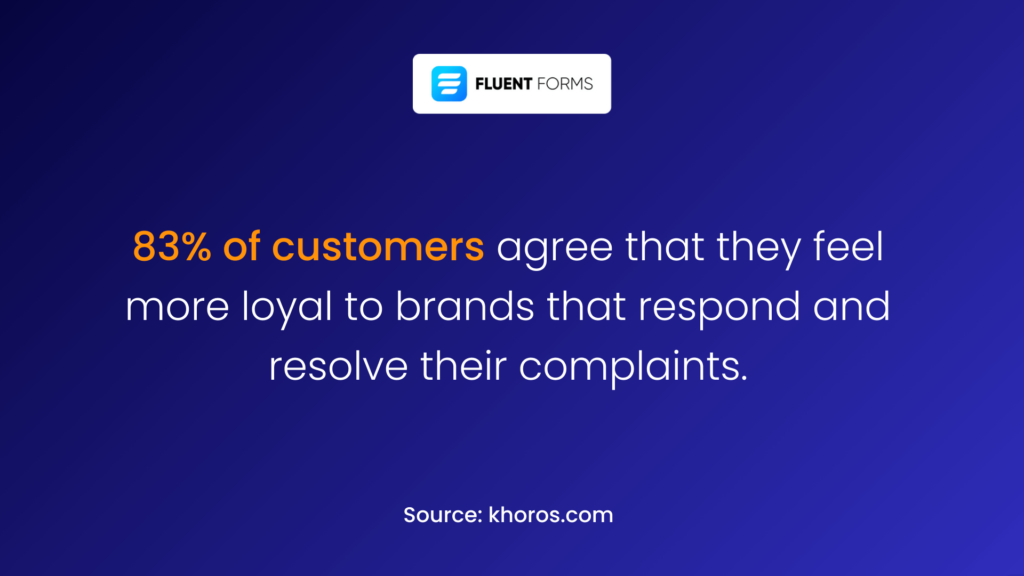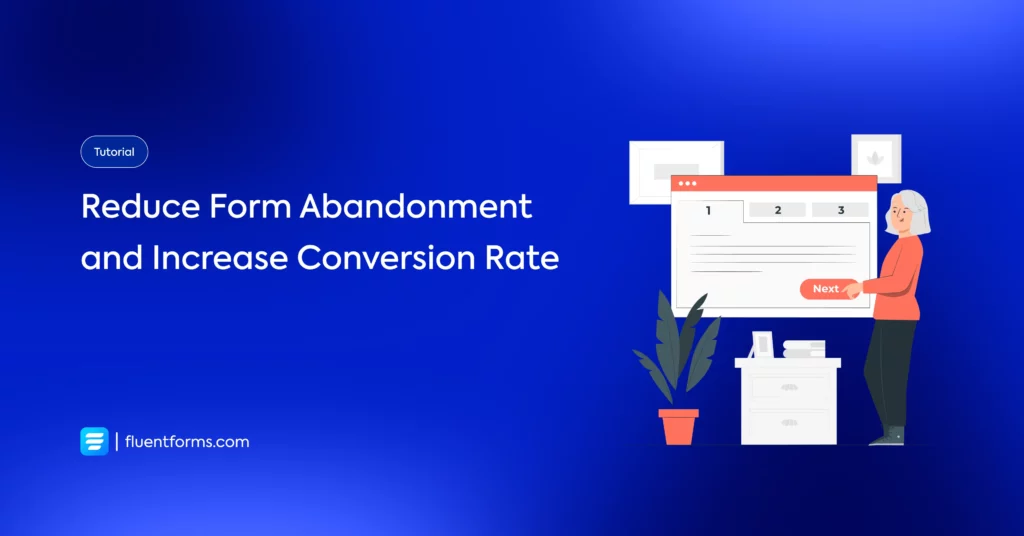Handling Customer Complaints: A Guide for Small Businesses

If you’re running a business big or small and haven’t yet faced an angry customer, then congratulations. You are the luckiest one on the planet. But, is it possible to run a business with zero complaints? No, it’s not.
There’s no business that doesn’t get any customer complaints. People feel sad, angry, or frustrated when they face even a little inconvenience. And they complain or sometimes lash out their anger at you. So, it’s normal to get complaints from your customers. There’s no magic to get zero complaints. But what we can do is resolve the issues or reduce them.
Properly handling customer complaints is tough for small businesses for many reasons -lack of resources or manpower, lack of experience in the market, and so on. But being empathetic to an angry customer, and trying to find solutions to their problems along with them can do wonders. Fast actions are also able to win your customers’ hearts.
This blog is going to cover all the steps you need to go through to handle complaints flawlessly. Stick to the end to find tips for reducing customer complaints.
Why should you care about customer complaints?
Someone who doesn’t agree with you isn’t always your enemy. In the same way, your customers don’t inevitably become your enemy when they complain about your product or services. Complaints aren’t something that radiates a negative aura. It ain’t that evil.
Let’s understand what a complaint is. It’s true that most of the time, it contains the frustration and disappointment of your customers. But it’s also true that, if you take that frustration and disappointment part out, the criticism and insight part remains. So, don’t deal with complaints as if they’re somewhat antagonizing your business. Complaints give you a scope to improve customer service, modify products, or resolve any issues within the business.
Small businesses that lack experience and resources, fail to deal properly with a complaint. As soon as the complaint comes, they might get worried. Most businesses fear complaints, so they get nervous or make more mistakes when dealing with a complaint.
Dealing with customer complaints is crucial if your business is small. If you leave your customers frustrated, unanswered, it can hurt you badly. On the other hand, complaints give you a new perspective that you may never had. Your bias towards your product might have some blind spots in some areas. Criticism and complaints let you find the spots. Thus you can get free but valuable suggestions through complaints.
But keeping customer complaints hanging won’t help you. The good sides of it depend on how you’re able to manage these effectively. That’ll require you to follow a system consisting of proper steps.

6 steps for handling customer complaints
Money matters to everyone. Your customers pay you for the desired services or features from you. But when their needs are not met properly even after paying a good amount, they become disappointed. It might be your good advertisement that led them to your business. They might be complaining because their expectations aren’t fulfilled. So, keeping that in mind you need to follow proper steps to structure your responses.
Here are 6 steps that’ll let you flawlessly handle customer complaints.
1. See it from the customer’s POV
Your product or services might hold a deeper connection with you. That’s why it’s normal that you might have some biases towards them. Acknowledging the problem would be difficult for you and your team. And it’s only normal. Because we don’t see our mistakes that easily.
That’s why, before responding to a customer complaint, switch to the customer’s point of view. Try to understand as if you are in their position and facing the same problem. What would you feel? How would you react? Asking these questions can help you and your team deeply understand the issue. Changing the perspective can give you new angles to think about your product/service.
So, always engage customers’ problems from their perspective, not yours.
2. Actively listen to your customers
The most important part of listening to your customer’s complaint is, don’t interrupt. Also, don’t try to shift blame. Just listen. Listening is a tough job. It gets harder when your customers are complaining, sometimes screaming. You or your team might lose track of what the customer wants to say. Let them vent out.
The issues your customers are talking about are the cues to the root problems. Find that out. Calmly listening to your customers helps in this process.
A customer might get disappointed with a feature not working, late delivery, and so on. Listening actively will let you figure out the exact problems. Failure of a feature is a sign that your product team has some issues; late delivery means broken promises. So, while listening, try to connect those dots.
3. Stay ready to face the anger
Keep one thing in mind, complaints aren’t personal. We’re not talking about fake complaints here. But original complaints are never targeted to destroy your business. Customers trusted you and that’s why they came to you. Now they also hold the right to some extent, to get angry at you.
The reason behind this is simple. Customers treat the whole company as a single entity. So, when they feel you ignored or don’t care about them, they get frustrated.
Be careful that you have to let your customer lash out their anger at you and your team. Don’t respond in the same wavelength because that’s gonna backfire. Rather apologize or calm them down in possible ways.
4. Apologize strategically
It’s never easy to apologize. But when dealing with customers, if you need to apologize, do it strategically. Apologizing gives the customer satisfaction, even if that’s not the only thing they want. It gives them a sense of righteousness that mitigates their anger.
When we say apologize, it doesn’t mean you accept your mistake even if it’s not. It might be a problem on the operator’s side. So, apologize to your customers for the situation they are in.
For example, if your customers are having trouble installing your app and are still angry at you, reply with ‘I’m sorry that you’ve had to go through this trouble’. This neither proves that your product is faulty, nor it proves that the customer is wrong.
This way you connect with your customer’s problem and let them feel that you’re gonna take some responsibility also.
5. Show empathy
Wouldn’t you feel good if someone understood your crisis? Even if someone can’t find a solution to your problems, you’d still feel better just because they understood. The same goes for your customers. When you recognize a problem with your customers, they feel connected. It grows the trust and reflects that you care.
Your sincerity and compassion towards your customers’ issues assure them. It creates a sense of belonging as well because they realize how much you value them.
An empathetic approach makes your customers open up more about the problems; people start expressing more when they know you’ll acknowledge them. It can flip a negative situation to a positive one.
6. Take action asap
Your actions speak louder than anything else. So, don’t stop your efforts only to assuring your customers. They eventually want some specific things from you. Only assurance won’t help you in any case.
Before giving your solutions, ask your customers what they want, compensation, or something else to add. If you can’t provide a solution promptly, then be clear about it and clarify the estimated time. At least keeping updated on how you’re working with their issues is a good technique. They won’t feel that you are ignoring them.
It’s true that you don’t always have to come up with a solution in seconds. But you also need to remind that, taking a lot of time isn’t also recommended. Make the first response as soon as you can. Divide the problem into steps and update every part you and your team resolve.
Offer alternatives to the customers if needed. If your coffee misses the proper sugar balance, offer them a free replacement. It’s just one example but we suggest that do everything you can to resolve the issues or at least mitigate them.
How to mark safe from online bashings?
One thing to note, the rise of social media has blessed small businesses a lot. There’s no way to deny that. But it can simultaneously break a business to the ground. After just one bad experience, if not treated well, customers can bash you online. Also, online reviews can be deciding factors for your business’s success.
79% of customers who share their complaints online see their complaints ignored.
RightNow
A strong online presence and managing the negative reviews, engaging with customers in their preferred channels is needed. You can save your business online in the following ways:
1. Be where your customers are
Your customers might post about you in a media where you don’t have an account. But they don’t care about it. So, find the possible social media channels where your customers can be. Create a presence and welcome them to engage with you there.
Many of your customers hesitate to complain directly. So, build a community and encourage engagement. Where they can express their issues without even talking to you directly. This can also save your brand as well as create loyalty. Don’t emphasize using AI chatbots. Keep your interactions human as much as possible. Give personalized opinions and solutions online. See reviews and engage them to find out their problems.
Being accessible like this can create a positive brand image. Where people can trust that you won’t flee from the problems, but rather face them in a good manner.
2. Don’t ignore complaints
Ignoring complaints is a grave mistake. You ignore one customer and you lose more of them. One disappointed customer can discourage their friends and family from buying from you. Many people depend on social media like Reddit, Facebook groups, or Quora to buy something. So, if customers can’t access you, they’ll hurt you more.
That’s why it’s necessary to listen to the complaints. Be proactive and ask issues yourself in possible cases. Ignoring complaints destroys your brand image.
3. Avoid arguing
When a customer is complaining about something, they don’t expect you to argue. They want you to hear them and do something about it. So, be defensive and welcoming. If not, your arguing can damage your reputation.
Don’t fight on online posts or reviews. Keep patience till the very end. If things seem unreasonable to you, be respectful understand the reason behind their behavior, and act accordingly. Your arguments aren’t gonna win anything.
4. Take down fake and intentional bad reviews
Online is a stage of limitless possibilities. But with limitless access, comes a risk. There remains a possibility of fake reviews. Most of the fake and intentional bad reviews come from competitors. The way to find fake reviews is quite simple. No personal traces of those accounts are possible. So, don’t try to engage aggressively the moment you see any fake reviews.
The way you can take down fake reviews is to follow procedures. There exists community guidelines for particular social media channels. It’s not like you disagree with a comment or a review and they’ll take that down in an instant. Do investigate, find proof, and follow the guidelines to take down fake reviews.
But make sure one thing, don’t post fake good reviews of your company. Never.
5. Encourage customers to post good feedback
As said earlier, don’t create a good image that’s fake. Rather you can foster a culture among your customers that creates a feedback loop. Your customers should feel good enough to post something good about you. As you’re a small business, you have the advantage of one-to-one interactions.
Create feedback questions that provide you with great insights.
Create a bond with your customers that they’d love to talk about you. You know how powerful word-of-mouth is. That’s why encouraging or incentivizing customers to post feedback can help you in the long run.
Fluent Forms is the best WordPress forms builder you can use to create customer feedback forms in a few clicks! Follow our Fluent Forms customer feedback forms template, use it or edit it for your unique purpose. Use this to collect feedback from your customers.
How can you reduce complaints?
Customer complaints are inevitable. No one can avoid mistakes perfectly. There’ll always be something more to do. You can never provide everyone with everything. We can’t say that we have a mantra that’ll diminish the complaints. But you have always many ways to reduce customer complaints. Here’s how you do it:
1. Have a simple complaint procedure: Keep a policy that covers the simple ways to complain about an issue. Because if a customer can’t even complain to you, or have to go through a long procedure, it drives them away without further interaction.
2. Be transparent with your issues: Accepting the issues from your side will never hurt you. Rather show them with your action that you really care. Transparently handling the problems builds trust.
3. Make contracts if needed: Make a handwritten or digital contract where necessary. Be clear and concise about your policy.
4. Be proactive: Always keep searching for issues from your end. If you find a problem by yourself, don’t wait for the customers to complain about it. Reach out to your customers who are facing it and resolve it.
5. Follow-up: Don’t leave a customer just after offering a solution. Following up properly shows that you are concerned about them. It keeps them loyal.
Wrap Up
The ways to deal with your customers depend on you and your team’s mentality. Fostering the culture of empathy within your company should be your priority. If your company is customer-centric, then it becomes easy to overcome customer-related problems.
Handle every customer with care. They’re your assets. Your products aren’t the only thing that earns you money. Customers bring fortune to your business and help you grow.
Hope this blog helps you deal with your disappointed customers. Let us know how have you been doing it till now, in the comments below.








Leave a Reply
You must be logged in to post a comment.